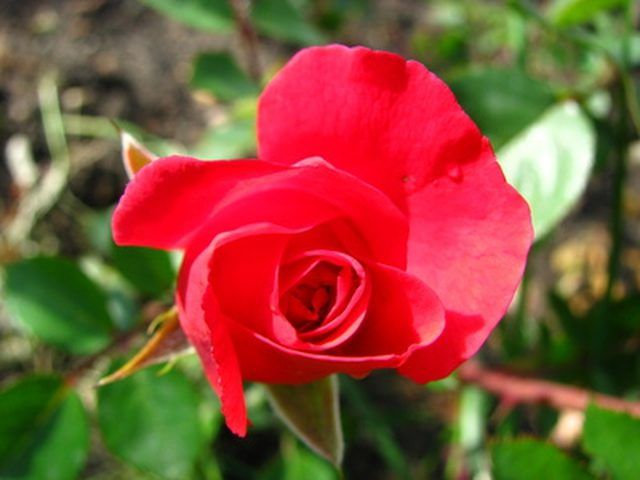Bulbs
Flower Basics
Flower Beds & Specialty Gardens
Flower Garden
Garden Furniture
Garden Gnomes
Garden Seeds
Garden Sheds
Garden Statues
Garden Tools & Supplies
Gardening Basics
Green & Organic
Groundcovers & Vines
Growing Annuals
Growing Basil
Growing Beans
Growing Berries
Growing Blueberries
Growing Cactus
Growing Corn
Growing Cotton
Growing Edibles
Growing Flowers
Growing Garlic
Growing Grapes
Growing Grass
Growing Herbs
Growing Jasmine
Growing Mint
Growing Mushrooms
Orchids
Growing Peanuts
Growing Perennials
Growing Plants
Growing Rosemary
Growing Roses
Growing Strawberries
Growing Sunflowers
Growing Thyme
Growing Tomatoes
Growing Tulips
Growing Vegetables
Herb Basics
Herb Garden
Indoor Growing
Landscaping Basics
Landscaping Patios
Landscaping Plants
Landscaping Shrubs
Landscaping Trees
Landscaping Walks & Pathways
Lawn Basics
Lawn Maintenance
Lawn Mowers
Lawn Ornaments
Lawn Planting
Lawn Tools
Outdoor Growing
Overall Landscape Planning
Pests, Weeds & Problems
Plant Basics
Rock Garden
Rose Garden
Shrubs
Soil
Specialty Gardens
Trees
Vegetable Garden
Yard Maintenance
Description of the Rose Plant
Description of the Rose Plant. The rose plant (Rosa genus) is about 35 million years old, according to the University of Illinois. Historically, roses have always been popular plants, beloved for their long blooming period, fragrance and beauty, although these things vary depending on species and cultivar. There are around 150 species of roses,...

The rose plant (Rosa genus) is about 35 million years old, according to the University of Illinois. Historically, roses have always been popular plants, beloved for their long blooming period, fragrance and beauty, although these things vary depending on species and cultivar. There are around 150 species of roses, with many more cultivars, making it easy for home gardeners to choose just the right rose for their gardens.
Types
There are five broad types of roses, according to the University of Illinois. Species roses are those plants that grow naturally in the wild. They are very hardy rose plants, require minimum care, and range widely in size and appearance. Old European roses are those roses that were hybridized in England before the 18th century. They were bred to be very cold hardy and thrive best in U.S. Department of Agriculture (USDA) growing zones 3 through 5. Repeat-blooming roses were cultivated from old European roses to bloom all summer long. Along with their cold hardiness, these roses are also known for their strong, pleasing fragrance. Modern roses are the most popular roses sold. These are also called hybrid tea or grandiflora rose plants. They are known for their heavily petaled flowers and wonderful fragrance. Shrub roses are those that do not fit into any of the other categories. They are not all shrubs or upright plants. Some are also ground covers or climbers.
Appearance
Roses have canes, which can be very thick or quite slender. These are the branches from which the flowers bloom. Some are covered with thorns. The leaves of rose plants are ovate and range from medium to dark green in color. They grow in clusters of three or five. The flowers of roses can range from simple, five-petaled blooms to large, heavily ruffled beauties. Rose plants range widely in size, according to Clemson University. Some miniature roses only reach a maximum height of 8 inches, while a few species of climbing roses can climb to 50 feet. Most climbing roses do not get more than 15 feet tall, however. The popular hybrid tea rose plants, which are upright and bushy in form, average between 4 and 6 feet in height and width.
Colors and Cultivars
Roses come in all colors and hues, from a very deep red that looks almost black, to roses that have two or three colors in one flower. There are no blue roses, however. "Golden Celebration" is a bright, cheerful yellow that has a scent to match the flower. This rose smells like honey and will bloom from June to November in USDA zones 5 through 10. "Martin Frobisher" features light pink or lavender blooms, has no thorns and will bloom all summer long. This cold-hardy rose (to USDA zone 2) will reach heights of 7 feet if left unpruned. "Kiss Me" has very large (up to 24 petals) flowers that are a delicate, salmon color. They are very fragrant and grow in USDA zones 4 through 9.
Growing Environment
Rose plants are somewhat particular about their growing environment. Roses must have well-draining soil in order to survive, according to Clemson University. A raised bed works well, which should be in full sunlight. Roses also need plenty of air circulation and rich, organic, loamy soil.
Problems
Rose plants can suffer from insect pests and diseases. They may develop brown or black spots on the leaves, which are caused by a fungus that travels on water and can be avoided by making sure watering is done at the ground level. Aphids, which are tiny white or light green insects, love roses and may cover the stems and leaves of the plant. Insecticides might be needed to get rid of them. Rose plants may also seem to wither up or wilt. This could be caused by root rot, which develops when the soil becomes overly wet for too long. Do not over-water roses, and make sure the planting site does not collect standing water.